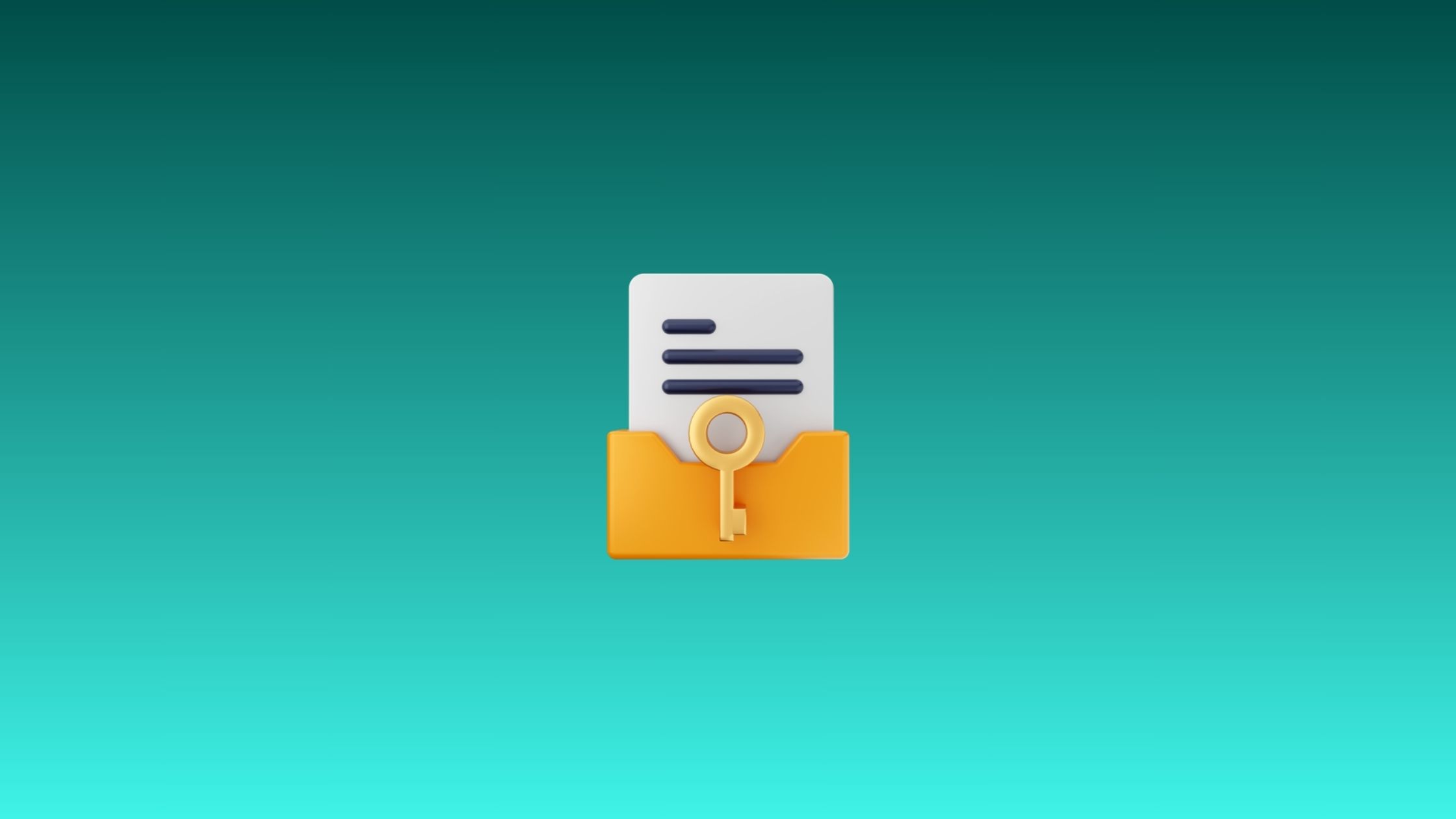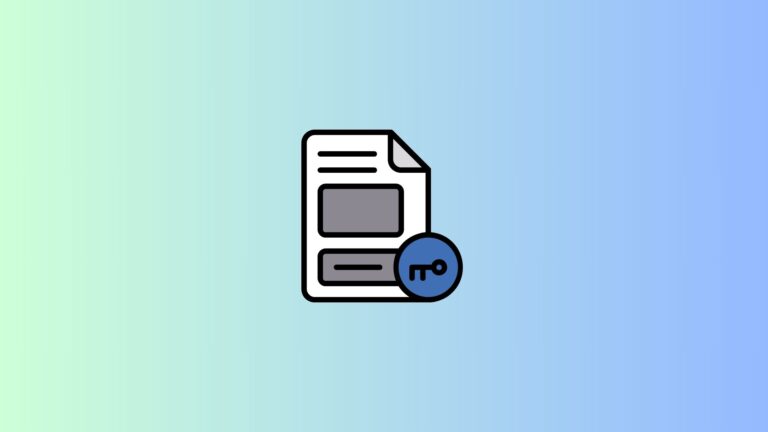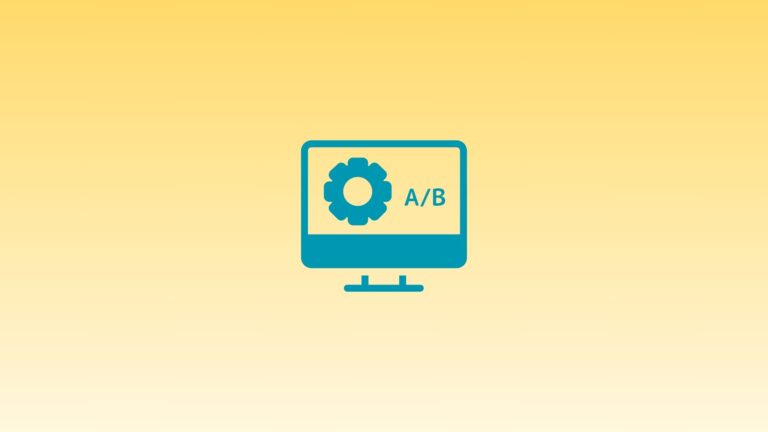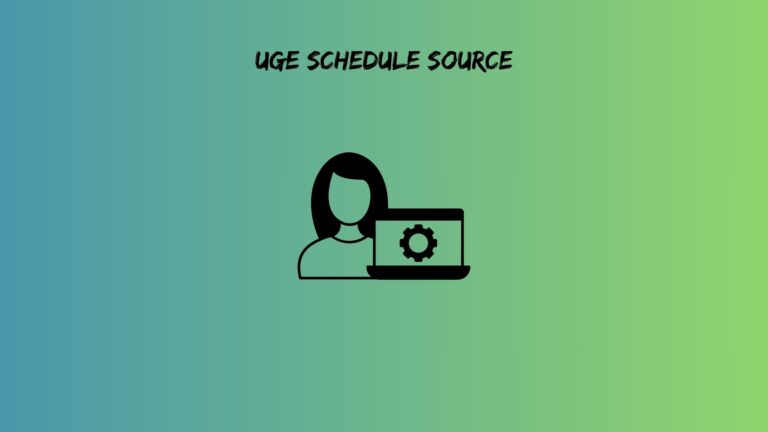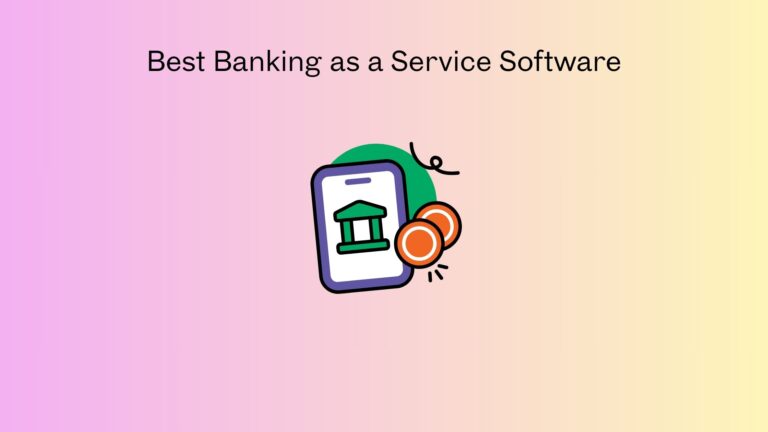Best Access Governance Software for Enterprises, Startups & Remote Teams
Data breaches cost companies $4.45 million on average in 2023. Meanwhile, 80% of security incidents trace back to privileged access abuse – yet most organizations still treat access governance like an afterthought. Here’s the uncomfortable truth: your current identity management system probably isn’t cutting it anymore.
This guide reveals the best access governance software that prevents breaches, organized by company size and specific needs.
Access Governance Decoded: Beyond Basic Password Managers
Traditional identity and access management (IAM) focused on getting people logged in. Modern access governance asks tougher questions: Should this person still have access? Are they using it appropriately? Can we prove compliance when auditors come knocking?
The evolution matters because cyber threats have become more sophisticated. Zero-trust architecture isn’t just a buzzword, it’s a necessity when employees work from coffee shops and contractors access sensitive systems.
Furthermore, compliance automation has become critical. SOX, GDPR, and HIPAA requirements demand detailed audit trails that manual processes simply cannot provide. Real-time risk assessment capabilities now separate enterprise-grade solutions from basic tools.
AI-powered anomaly detection represents the latest advancement. Instead of waiting for breaches to happen, these systems flag unusual access patterns before damage occurs. However, not every organization needs this level of sophistication, and that’s where strategic selection becomes crucial.
Enterprise-Grade Access Governance Champions
Tier 1: Fortune 500 Powerhouses
SailPoint IdentityIQ dominates the enterprise space for good reason. Their advanced analytics and machine learning capabilities handle massive user bases, think 100,000+ employees across multiple subsidiaries.
The platform integrates with over 200 applications, making it ideal for complex organizations with diverse tech stacks. Price ranges from $12-25 per user monthly, reflecting its comprehensive feature set.
Best suited for: Multi-subsidiary organizations with complex compliance requirements and extensive legacy system integration needs.
Okta Identity Governance takes a cloud-native approach that appeals to modern enterprises. Their seamless SSO integration with governance workflows eliminates the friction that kills user adoption.
The developer-friendly API ecosystem enables custom integrations that enterprises often require. Pricing typically runs $8-15 per user monthly, positioning it competitively against traditional on-premises solutions.
Perfect for: Cloud-first enterprises with modern tech stacks that prioritize user experience alongside security.
Microsoft Entra ID Governance (formerly Azure AD) leverages native Office 365 integration beautifully. Organizations already invested in Microsoft’s ecosystem find deployment surprisingly straightforward.
Hybrid cloud deployment flexibility supports organizations transitioning from on-premises to cloud infrastructure. Built-in compliance reporting templates accelerate audit preparation significantly.
Pricing ranges from $7-12 per user monthly, making it cost-effective for Microsoft-centric environments.
Ideal for: Organizations heavily invested in Microsoft’s ecosystem who want unified identity and productivity management.
Tier 2: Mid-Market Specialists
CyberArk Identity shines in regulated industries where privileged access management integration is non-negotiable. Their industry-specific compliance templates reduce implementation time dramatically.
Rapid deployment methodologies help organizations achieve compliance quickly. Pricing typically ranges from $10-18 per user monthly, reflecting their specialized focus.
Best for: Regulated industries like finance and healthcare, where compliance automation is critical.
Also read: Employee scheduling software workforce management
Startup-Friendly Access Governance Solutions
Growth-Stage Essentials
Frontegg adopts a developer-first approach that resonates with technical founders. Their SDK integration enables startups to build customer-facing applications with enterprise-grade access controls from day one.
The scalable pricing model grows with company size, typically starting at $50-200 monthly flat rates. Multi-tenant architecture comes built-in, saving months of development time.
Perfect for: SaaS startups building customer-facing applications who need to demonstrate enterprise-grade security to potential clients.
Auth0 by Okta prioritizes speed-to-market over feature completeness – exactly what startups need. Quick implementation typically takes 2-4 weeks compared to months for enterprise solutions.
Extensive documentation and community support reduce the learning curve significantly. Flexible authentication methods support diverse user bases without custom development.
Pricing ranges from $1.50-8 per user monthly, making it accessible for growing teams.
Ideal for: Tech startups prioritizing rapid deployment over comprehensive governance features.
Keycloak represents the open-source alternative that budget-conscious startups love. Zero licensing costs appeal to organizations watching every dollar.
Kubernetes-native deployment options align with modern infrastructure practices. The active community and plugin ecosystem provide solutions for common integration challenges.
Costs include only infrastructure expenses, making it extremely cost-effective for technically sophisticated teams.
Best suited for: Startups with strong DevOps expertise who can handle self-managed solutions.
Scaling Considerations
Transitioning from startup to enterprise solutions becomes necessary when user bases exceed 500-1000 employees. Additionally, regulatory compliance requirements often trigger platform upgrades.
Cost optimization strategies during growth phases include negotiating volume discounts and evaluating feature utilization regularly. Technical debt avoidance requires choosing platforms that can scale without major architectural changes.
Remote Team Access Governance Specialists
Remote-First Architecture
BeyondTrust excels at zero-trust network access integration, crucial for distributed teams. Device-agnostic security policies ensure consistent protection regardless of location or device type.
Geographic access controls enable organizations to restrict access based on location – particularly valuable for international teams. Pricing ranges from $6-14 per user monthly.
Perfect for: Distributed teams with BYOD policies who need location-based access controls.
Duo Security built its reputation on multi-factor authentication excellence. Endpoint visibility and control capabilities provide insights into device health and compliance.
User behavior analytics help identify potential security risks before they become incidents. Pricing typically ranges from $3-9 per user monthly.
Ideal for: Small to medium remote teams who prioritize user experience alongside security.
JumpCloud offers unified device and identity management that simplifies remote work administration. Cross-platform compatibility supports Windows, Mac, and Linux environments seamlessly.
Directory-as-a-Service capabilities eliminate the need for on-premises infrastructure. Pricing ranges from $5-15 per user monthly.
Best for: Remote teams without on-premises infrastructure who need comprehensive device management.
Remote Work Challenges
Time zone considerations complicate access reviews when team members span multiple continents. Automated workflows become essential for maintaining security without creating bottlenecks.
Contractor versus employee access differentiation requires careful policy design. Mobile device management integration ensures security extends to personal devices used for work.
Decision Framework: Matching Solutions to Organizational DNA
Enterprise Selection Criteria
Regulatory compliance requirements mapping should drive platform selection. Organizations in healthcare, finance, or government face specific audit requirements that not all platforms support equally.
Legacy system integration complexity often determines implementation success. Platforms with extensive connector libraries reduce custom development requirements significantly.
Global deployment considerations include data residency requirements and regional compliance variations. Audit trail sophistication needs vary based on industry and regulatory environment.
Startup Evaluation Metrics
Implementation speed versus feature completeness represents the classic startup tradeoff. Most startups benefit from faster deployment over comprehensive features initially.
Pricing scalability with user growth prevents budget surprises during rapid expansion. Technical support quality assessment becomes crucial when internal expertise is limited.
Vendor stability and funding status matter more for startups than enterprises. Choosing platforms backed by stable vendors reduces long-term risk.
Remote Team Priorities
User experience across devices and locations directly impacts productivity. Platforms that create friction inevitably face resistance from remote workers.
Network performance impact minimization becomes critical when team members work from various internet connections. Offline capability requirements depend on work patterns and connectivity reliability.
Cultural fit with a remote work philosophy influences adoption success. Platforms designed for traditional office environments often struggle in remote-first organizations.
Implementation Nightmares to Sidestep
Phased rollout strategies that work start with pilot groups representing diverse user types. Testing with power users and casual users reveals different adoption challenges.
Change management for non-technical users requires clear communication about benefits, not just features. Training programs that stick focus on real-world scenarios rather than feature demonstrations.
Integration testing with the existing security stack prevents conflicts that cause system instability. Performance monitoring during initial deployment identifies bottlenecks before they impact productivity.
Consequently, successful implementations prioritize user experience alongside security requirements. Organizations that skip change management often face prolonged adoption challenges.
Emerging Trends Reshaping Access Governance
AI-driven risk scoring evolution enables more nuanced access decisions based on behavior patterns and contextual factors. Passwordless authentication adoption accelerates as organizations seek to eliminate credential-based attacks.
Blockchain-based identity verification promises tamper-proof audit trails, though adoption remains limited. Privacy-preserving access analytics enable compliance without compromising user privacy.
Quantum-resistant security preparations become increasingly important as quantum computing advances threaten current encryption methods.
Your Next Steps: Implementation Roadmap
Start with a 30-day evaluation framework that tests core functionality with real users. Pilot program best practices include selecting representative user groups and measuring specific success metrics.
Budget planning considerations should account for implementation costs, training expenses, and ongoing support requirements. Vendor negotiation strategies include evaluating multi-year commitments and volume discounts.
A success metrics definition helps measure ROI and identify areas for improvement. Track user adoption rates, security incident reduction, and compliance audit performance.
The Bottom Line: Choose Based on Reality, Not Features
The best access governance software matches your organization’s actual needs, not theoretical requirements. Enterprises benefit from comprehensive platforms like SailPoint or Okta Identity Governance that handle complex compliance requirements.
Startups should prioritize speed and cost-effectiveness with solutions like Auth0 or Frontegg. Remote teams need platforms designed for distributed work, such as BeyondTrust or Duo Security.
Most importantly, successful access governance depends more on consistent implementation than perfect features. Choose a platform your team will use, then optimize from there.
The top access governance software for your organization is the one that prevents breaches while enabling productivity. Start with your specific requirements, evaluate carefully, and implement thoughtfully – your future self will thank you when the auditors arrive.

